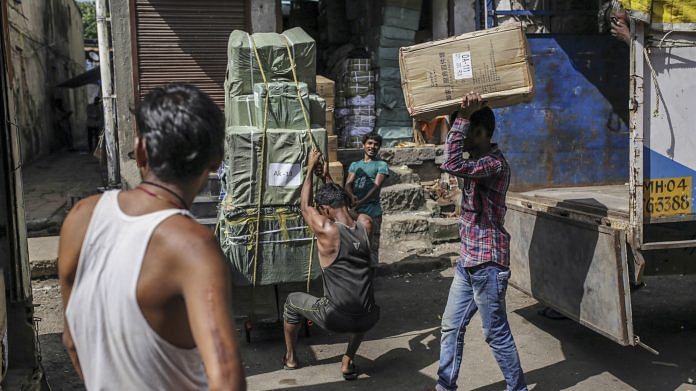Singapore/Beijing: Lethal heatwaves, droughts, floods and typhoons will become more common in Asia-Pacific, which faces more severe potential impacts from climate change than many parts of the world, according to McKinsey & Co. researchers.
Asia is particularly at risk because it has such a high number of poor people, who tend to rely more on outdoor work, living in areas most vulnerable to extreme increases in heat and humidity, McKinsey Global Institute said in a new report published Thursday. By 2050, the loss of that labor could cost the region as much as $4.7 trillion a year in GDP, about two-thirds of the global total at risk.
The report underscores the economic risks of delaying investments that mitigate or adapt to climate change. The potential for widespread damage is similar to the region’s experience during the current pandemic, according to McKinsey.
“What we have seen is that countries, cities and people can take resolute actions and if we do take these actions and sustain them, we can cooperate globally and see positive outcomes,” said Oliver Tonby, McKinsey’s Asia chairman, who co-authored the report.
The projections are based on a scenario in which the world fails to cut greenhouse gas emissions and Asia warms by 2 degrees Celsius (3.6 Fahrenheit). They show that by 2050, between 500 million and 700 million people living in places like India, Bangladesh and Pakistan could experience heatwaves that exceed the survivability threshold.
The loss of outdoor labor during those times could shave off 7% to 13% off GDP in those three countries, resulting in losses of $2.8 trillion to $4.7 trillion across the whole of Asia on average per year, according to the report.
Extreme precipitation events could rise three- or four-fold by 2050 in parts of Japan, China, South Korea and Indonesia, according to McKinsey. Increased riverine flooding could cause $1.2 trillion in damage in Asia, about 75% of the global impact.
Conversely, as the earth warms, parts of southwestern Australia could spend more than 80% of a decade in drought conditions by 2050 and regions of China could experience droughts 40% to 60% of the time.
Climate change will also increase the likelihood of severe typhoon strikes from the Philippines and Vietnam to Northeast Asia. It will also create winners and losers, increasing surface water supply in parts of northern India and China while depleting reservoirs in Australia.
To face the business risks, Tonby said companies need to assess their exposure and take it into consideration when making plans. A significant opportunity lies in infrastructure development in Asia as the region is still rapidly urbanizing. – Bloomberg
Also read: There can be no climate change revolution without an investment revolution



